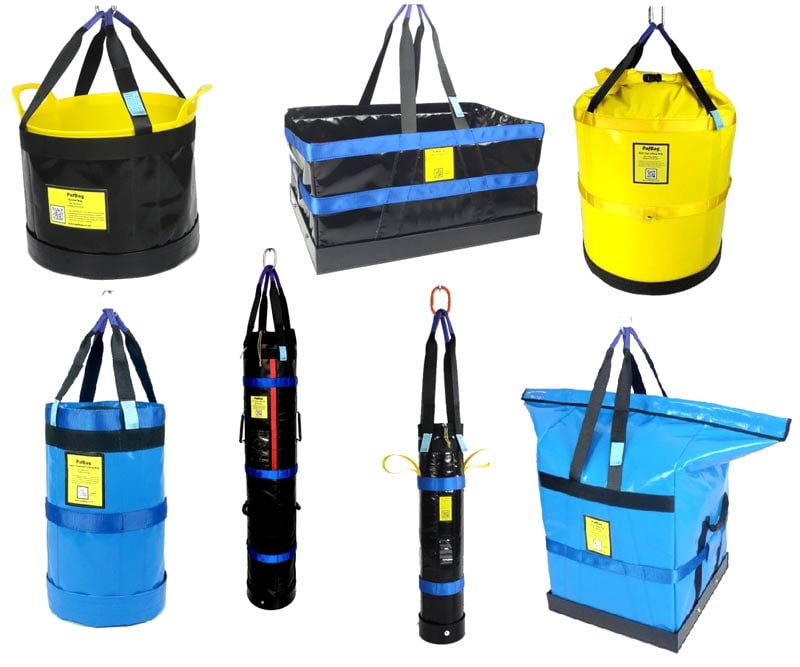Features of Using Heavy Lifting Bags

Table of Contents
Proper usage of heavy lifting bags is essential to ensure safety, efficiency, and successful lifting operations. Conduct a thorough risk assessment before using equipment. Identify potential hazards, assess the weight and stability of the load, and ensure that the lifting site is secure. Address any safety concerns before proceeding. Choose the appropriate equipment based on the specific requirements of the task. Consider factors such as weight capacity, dimensions, and the type of material to be lifted. Ensure that the bag is in good condition and suitable for the intended use.
Regularly inspect heavy lifting bags for signs of wear, damage, or defects. Check seams, valves, and lifting points for integrity. Follow the manufacturer’s guidelines for maintenance and perform any necessary repairs before use. Ensure that personnel involved in the operation are adequately trained and certified to use equipment. Training should cover proper inflation, deflation, positioning, and safety procedures. Only qualified and authorized individuals should operate the lifting equipment.
Important aspects
Calculate the weight of the load accurately to ensure that the lifting bag’s capacity is not exceeded. Consider the dynamic forces involved during the lifting process, including wind, movement, and changes in load distribution. Prepare the lifting site by clearing obstacles, ensuring a stable and level surface, and securing the area. Create a safe zone for workers and bystanders, and establish communication protocols for the operation.
Inflate the equipment according to the manufacturer’s guidelines. Use an appropriate inflation device, and monitor the pressure to prevent over-inflation. Ensure a controlled and gradual inflation process to avoid sudden movements or instability. During deflation, release the air gradually to maintain control over the descent of the load. Avoid rapid deflation, as it can lead to uncontrolled movements and potential hazards.
Securely attach the equipment to the load using designated lifting points. Ensure that the load is evenly distributed to prevent tilting or instability during the lift. Use suitable slings, shackles, or other rigging equipment as recommended by the manufacturer. Position the lifting bag strategically to achieve the desired lift and maintain stability. Consider the center of gravity of the load and adjust the placement of the lifting bag accordingly. Use appropriate cribbing or support structures if needed.
Additional features
Establish clear communication channels between the team members, crane operator, and any other personnel involved. Use standardized signals and procedures to coordinate the lifting operation and respond to unexpected situations. Continuously monitor the operation for any signs of instability, shifting, or unexpected movements. Be prepared to adjust the lifting bag’s position or take corrective actions if necessary.
Have emergency procedures in place in case of equipment failure, sudden changes in weather, or other unforeseen circumstances. Ensure that all personnel are aware of emergency protocols and evacuation routes. After completing the operation, inspect the equipment for any damage, wear, or issues. Deflate the bag completely and store it properly. Document any incidents or observations for future reference and analysis.
Maintain detailed records of each lifting operation, including:
- load weights;
- bag specifications;
- inflation and deflation procedures;
- any incidents or deviations from the plan.
This documentation can be valuable for future reference and analysis. Ensure compliance with local regulations, industry standards, and manufacturer guidelines when using heavy lifting bags. Familiarize yourself with any specific requirements or certifications needed for the equipment and lifting operation.
By following these guidelines, users can ensure the safe and effective use of equipment, minimizing risks and optimizing the efficiency of lifting operations. Regular training, maintenance, and adherence to best practices contribute to a safer working environment and successful lifting outcomes.






